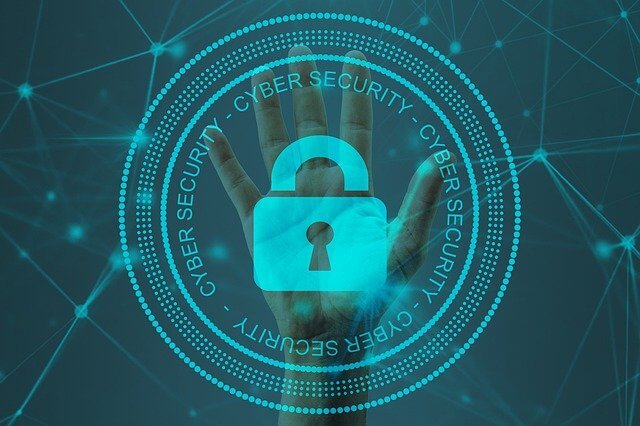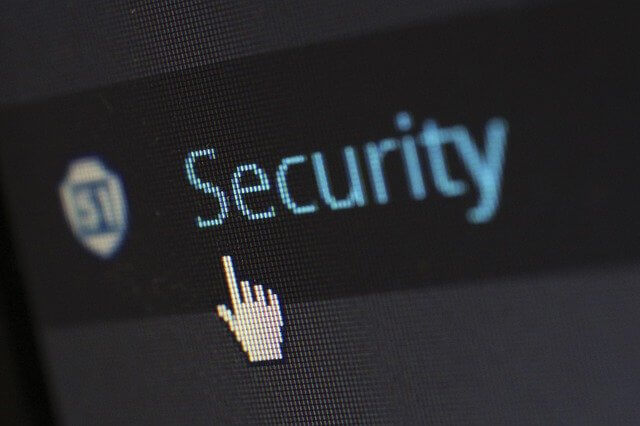Ransomware is a type of malware which operates by restricting access to the computer system that it infects, and demanding a ransom through certain online payment methods. Once the creator(s) of the malware receive the ransom amount, the restrictions are removed.
Some forms of ransomware encrypt files on the system’s hard drive along with file renaming, while some may simply lock the system and display messages intended to lure the victims into paying the ransom.
The Internet Crime Complaint Center (IC3) has issued an alert identifing CryptoWall ransomware as the most current and significant malware threat.
As per the report the dreaded Cryptowall ransomware continues to spread and is infecting numerous devices around the globe. The financial impact to victims of this attack varies between $200 and $10,000. The report highlighted that between April 2014 and June 2015, the IC3 received 992 CryptoWall-related complaints, with victims reporting losses totaling over $18 million.
Cryptowall Ransomware Impacts

- Temporary or permanent loss of sensitive or proprietary information;
- Disruption to regular operations;
- Financial losses incurred to restore systems and files; and
- Potential harm to an organization’s reputation.
Infections can be devastating to an individual or organization, and recovery can be a difficult process that may require the services of a reputable data recovery specialist.
Cryptowall Ransomware Preventive Measures

US-CERT and CCIRC recommend users and administrators take the following preventive measures to protect their computer networks from ransomware infection:
- Perform regular backups of all critical information to limit the impact of data or system loss and to help expedite the recovery process. Ideally, this data should be kept on a separate device, and backups should be stored offline.
- Maintain up-to-date anti-virus software.
- Keep your operating system and software up-to-date with the latest patches.
- Do not follow unsolicited web links in email.
- Use caution when opening email attachments.
- Follow safe practices when browsing the web.





